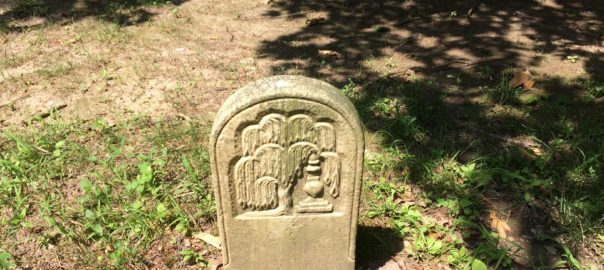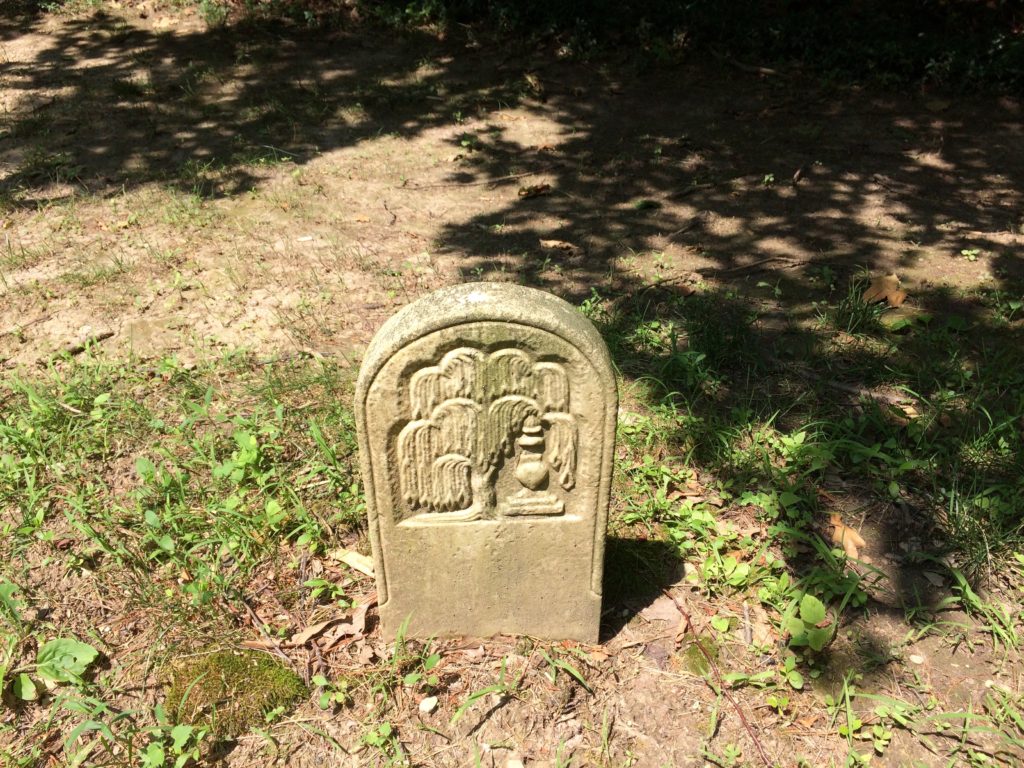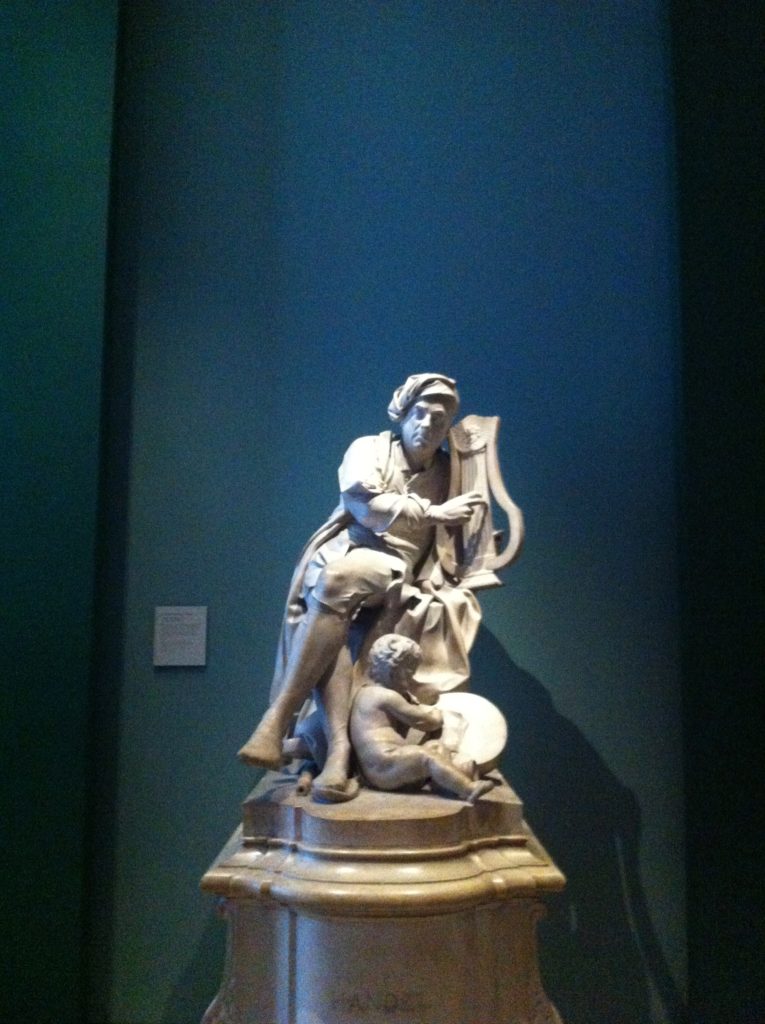Handel blog 15*

From Katherine: I recently heard from a much younger friend about her difficulty in maintaining a good relationship with her longtime boyfriend during this pandemic. I can imagine all kinds of scenarios that are especially stressful—all the way from people isolated all by themselves to families overwhelmed by too many people in too little space. My friend’s situation was one in which just the two of them were suddenly spending a lot more time together. Tempers flared, old jealousies reemerged, bad habits aggravated—you get the picture. Believe it or not, I thought of one of Handel’s operas that I recommended she watch—both as a diversion and as a kind of couple’s advice. Remember our discussion of Handel’s Partenope? You can order a DVD of the production we saw here.
Let me quote what Ross said about it: “Maybe part of the reason Handel was compelled to put on this opera was that he appreciated the advantage that having a loyal partner could bring. After all, at the close of the opera, the four main characters all seem to have learned something about what makes a marriage relationship good. Maybe Handel was resigned to enjoying such a relationship vicariously—through the lives of his dramatic characters.” (p. 321) As I recall, Forella jumped in to tease Ross about unexpectedly promoting the virtues of marriage, or something like that. What’s the story, Ross?
From Ross: Well, you know the dust had hardly settled on my marriage’s demise. What can you expect? But I still believe what I said then. It is a good opera, and the production we saw was great—although I do agree with some of the reviewers who complain about the filming for the DVD. Still, Handel really did give each of the characters arias that honed in on the problems of love relationships. My favorite aria was “Ch’io parta” where the hero asks, “must I part? I go, but leave with you my heart.” A great song, even in Italian. Here is Philippe Jaroussky singing it in concert. I liked this lighter opera better than the ones that emphasized some sort of serious historical issue. Handel would have been a good musical theater composer—like Richard Rogers—don’t you think?
From Alison: Yes, “Ch’io parta” is a wonderful aria. There were several other really good arias in that opera. What I find interesting about that particular aria is that its music was recently cast in a pastiche opera—The Enchanted Island—as a song expressing an amazingly effective plea for forgiveness at the end of the drama. Prospero sings, “Forgive me, please forgive me.” You can see more about the Met production here. Actually more than half of the songs used in that pastiche were from various Handel operas. You can see the list of arias here. The creator of the opera, Jeremy Sams, said that he found Handel’s works the best source for the songs he included in his pastiche. Handel’s arias seem to really work as love songs.
From CD: Indeed they do. And I loved they way they included Handel’s “Zadok, the Priest” when Placido Domingo entered as the god Neptune. But best of all, in my opinion, was the song that took the Handel aria “Pena tiranna” from Amadigi di Gaula and rewrote the words as “We like to wrestle destiny.” Prospero sings, “Seeking forgiveness, hoping for harmony, I have sown discord where there was none. Heartbreak and discord where there was none. . . . What have I wrought here, ah, what have I done?” You can read the full libretto of this new English language pastiche here.
From Katherine: I think I will watch that Met production of The Enchanted Island again—and tell my friend about it as well. But it is well worth going back to Handel’s Partenope for some lessons on how to manage relationships during this time of coronavirus. I think his characters in the opera learn that what is needed is patience, empathy, forgiveness, and a little playfulness. Handel—the self-help writer. Stay well, everyone.
*All posts listed as “Handel blog” are texts that use the fictional characters in my book The Handel Letters: A Biographical Conversation. As in that book, the posts will often reference things from Handel’s life or time period as starting points. And the post will cite a page or paragraph in the book when it seems relevant. Find The Handel Letters.




